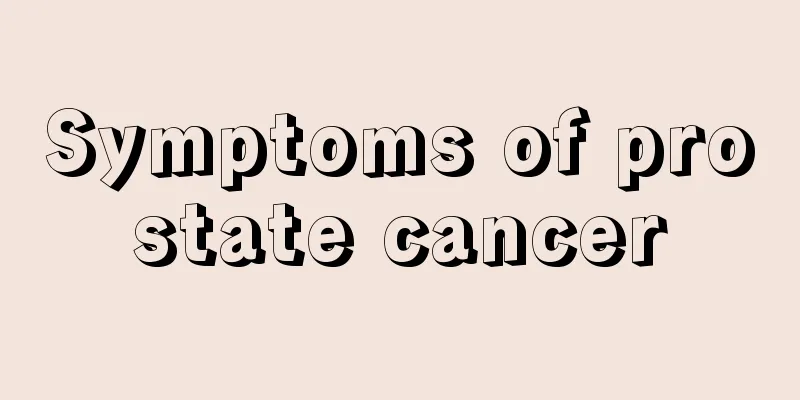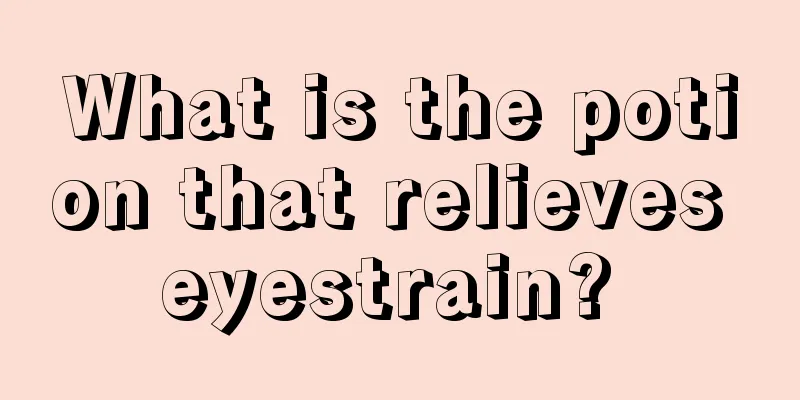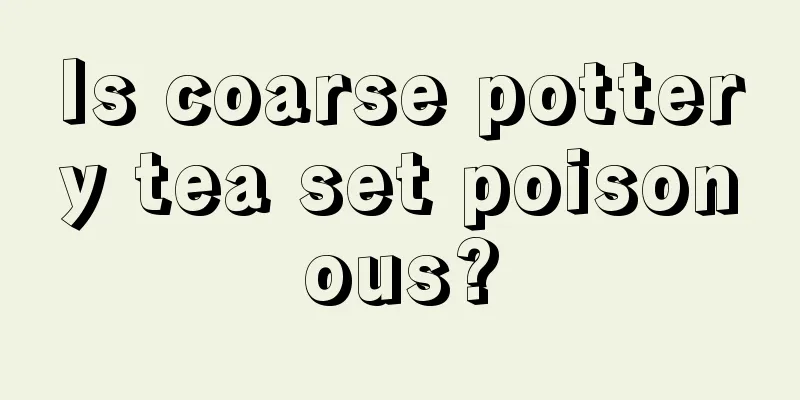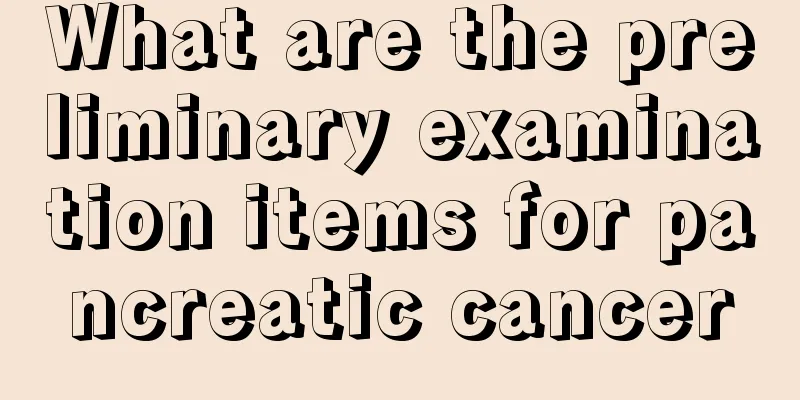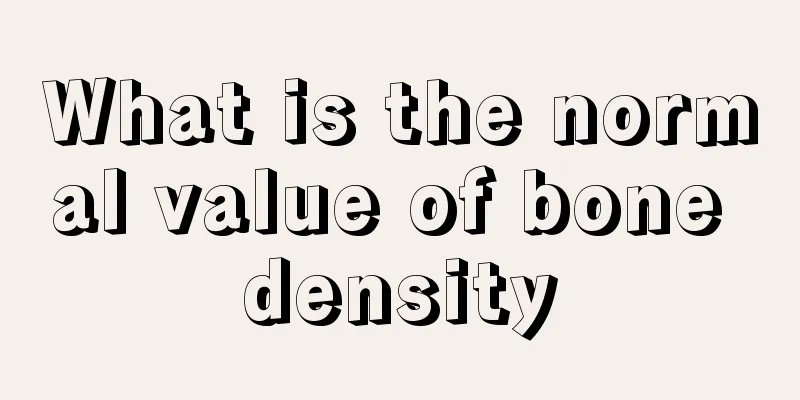Long-term nasal drip with green phlegm
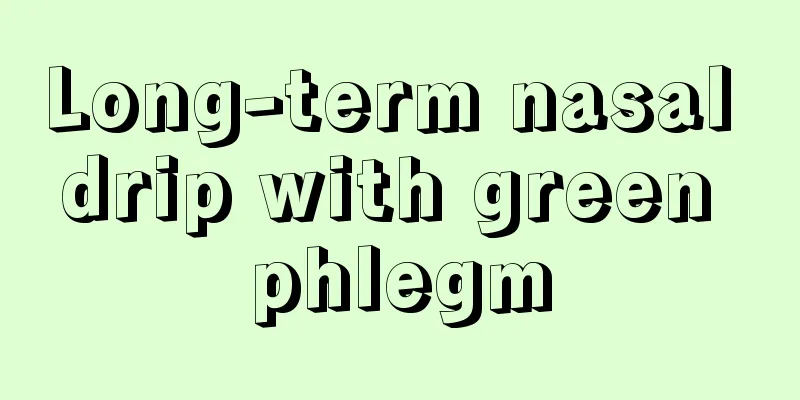
|
Long-term nasal drip and green sputum are most likely symptoms of chronic purulent rhinitis. Chronic purulent rhinitis not only damages the health of the nose, but also has a certain impact on the patient's image. Therefore, active and effective treatment should be carried out in the early stages of the disease. Below, I will introduce in detail the treatment methods of chronic purulent rhinitis. 1. Nasal drops Decongestants are the mainstay, which can improve nasal ventilation and drainage; 1% ephedrine saline is commonly used. In addition, the nasal drops should contain ingredients that protect and restore the activity of nasal mucosal cilia, such as ATP, lysozyme, etc. 2. Maxillary sinus puncture and irrigation 1 to 2 times a week. If necessary, a silicone tube can be inserted through a puncture needle and placed in the sinus for daily flushing and infusion of drugs such as antibiotics and steroid hormones. 3. Replacement method Negative pressure suction is used to allow the drug solution to enter the sinuses. It is applied to frontal sinusitis, ethmoid sinusitis and sphenoid sinusitis, and is most suitable for patients with chronic suppurative pansinusitis. 4. Frontal sinus catheter flushing Since the anatomical variations of the nasofrontal duct are great and it is often blocked by the overdeveloped ethmoid bulla or the hypertrophic and inflammatory swollen middle turbinate, the possibility of passing the catheter into the sinus is extremely small. In addition, it is difficult to master this method, so it is rarely used nowadays. 5. Auxiliary surgery Such as middle turbinate resection, nasal polyp removal and correction of high nasal septum deviation, the purpose of the surgery is to relieve the obstruction of the middle nasal meatus and its surrounding areas, improve sinus ventilation and drainage, and promote the disappearance of sinus inflammation. 6. Sinus surgery (1) The principle of classic radical sinus surgery is to remove irreversibly diseased sinus mucosa and establish long-term stable drainage between the sinuses and nasal cavity. After completely removing the sinus mucosa, windows are opened on the medial wall of the maxillary sinus and the inferior nasal meatus, and the frontal sinus, nasofrontal duct, and sphenoid sinus openings are opened. (2) The principle of functional endoscopic sinus surgery is to relieve ventilation and drainage obstructions in the nasal cavity and sinus ostia, and to remove lesions in the vicinity (sinus ostia and sinus complex) centered on the middle nasal meatus, especially lesions in the anterior ethmoid sinuses, without the need for extensive sinus mucosal resection. That is, to relieve extensive sinus lesions through small or limited surgery. Such as uncinate process resection, anterior ethmoid sinus resection, maxillary sinus natural opening, sphenoid sinus opening and frontal sinus opening expansion. |
<<: Staying up late for a long time will make you feel short of breath
>>: There is a light-colored spot on my chest
Recommend
Correctly understand blood in the stool caused by rectal cancer
Intestinal cancer is a common digestive tract tum...
Five kinds of food that should never be eaten overnight
Fried dishes contain oil and salt. After one nigh...
How to prevent teratoma effectively
Teratoma is a disease that originates from germ c...
Dizziness and nosebleed are caused by
There are many reasons for dizziness, such as lac...
Cardiac lymph nodes
Cardiac inflammation is a common disease in our l...
Is mediastinal cystic teratoma likely to be malignant?
The malignancy rate of mediastinal cystic teratom...
Is lung cancer contagious when it is diagnosed during a physical examination at a hospital? Here are some common sense facts about lung cancer
Lung disease is a disease with a gradually increa...
Which fruit is the most effective for nourishing the stomach?
We cannot do without regulating stomach function ...
What to do if there is half a pepper in the lungs causing inflammation
Normally when we eat, we may accidentally inhale ...
What are the nutritional values of sweet potatoes
Sweet potatoes have many names, such as sweet pot...
90% of women make this mistake! These "blacklists" destroy your fertility
In addition to physical reasons, some bad habits ...
What are the symptoms of prostate cancer under B-ultrasound
Most of the time, many people may not know what s...
How to tie a ponytail beautifully without bangs
For female friends, especially those who are in s...
Symptoms of endometrial precancerous lesions
The emergence of endometrial cancer has caused ma...
What to do if you don't have a bowel movement 7 days after bladder cancer surgery
What should I do if I don't have a bowel move...
